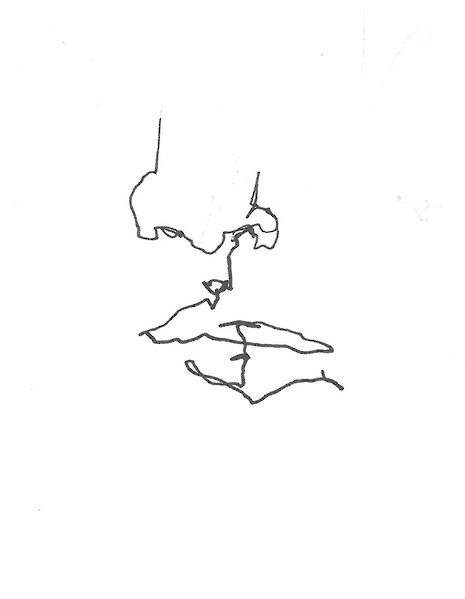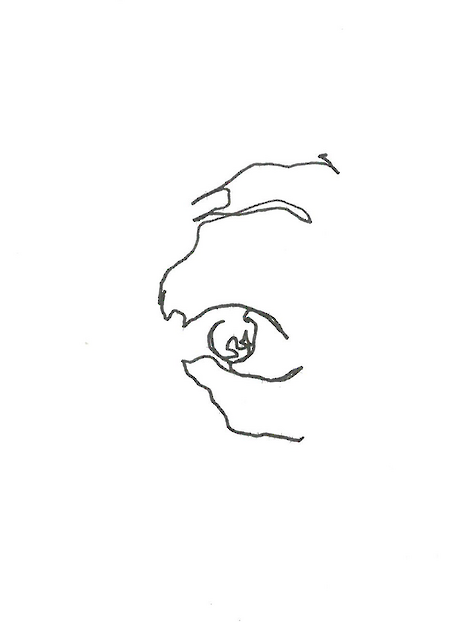Is bisexuality androgynous?
Bisexuality should not be dismissed as a trend, elucidates columnist Joel Lucyszyn

“But for, they say, she hath both kinds in one,
Both male and female, both under one name…”
The Faerie Queene
Androgyny and bisexuality are seen to go hand in hand. Stretching back through millennia, bisexuality has often been seen as symbiotic – if not synonymous – with androgyny, the aesthetic combination of masculine and feminine characteristics. Classical and Renaissance art presents androgyny as an almost transcendent fusion of opposites – a perfect state in which the masculine and feminine cancel one another out, leaving behind the world of gender and sexuality to form the ‘androgyne’. Early theorists of sexuality, notably that of Carl Jung, examined this figure in our artistic traditions and applied it directly to the study of bisexuality, and like many of our modern biphobic sentiments, the confusion between bisexuality and androgyny originates in psychoanalytic discourse. In order to understand our modern day conflation of androgyny and bisexuality, we need to examine where these thought patterns originate.
“It is remarkable,” Jung remarks in his The Hermaphroditism of the Child, “that perhaps the majority of cosmogonic gods are of a bisexual nature.” And so it starts. From the beginning of his analyses, Jung collapses the androgyne of literature and art with the emerging definition of ‘bisexuality’. In Jung’s mind, bisexuality is a manifestation of the unconscious pull towards androgyny. After Jung and influenced by his work, this equivocation only grew in strength, and ‘androgyny’ soon became a buzzword in discussing and defining bisexuality.
The sexual revolution and its aftermath took this conflation to the literal forefront of our vision: on our televisions, magazines and stages artists such as Prince, David Bowie and Sinéad O’Connor had their revolutionary, valuable androgynous style become symbolic for their sexual experiences and orientations. The work these artists did for LGBT people are invaluable – but they were not necessarily androgynous because of their sexualities.
“Bisexual people can be feminine, masculine or neither”
Androgyny is a predominately visual delineation of gender boundaries that can be incorporated into our lifestyles and fashion. Bisexuality is an orientation, and although sexuality heavily intersects with gender, the two are separate. The incorporation of androgynous style and identity into the lives of bisexual people can be liberating – just as they can be for straight, lesbian or gay people – and the importance of this cannot be overstated. Fundamentally, however, this is an individual choice, and the deeply entrenched association of bisexuality and androgyny seems to necessitate a bisexual way of dressing and behaving. Bisexual people can be feminine, masculine or neither – the right remains with the individual to self-define their identities and sexuality. To treat bisexuality as synonymous with androgyny is to define bisexual people before they are allowed to define themselves.

There are more dangerous consequences to the archetype of the androgynous bisexual. The aesthetic, mythological background of the androgyne has a long history of being idealised and eroticised. The alignment of androgyny with bisexuality has contributed to the fetishising of bisexual people: the concept of the bisexual chic, partly due to cults around figures such as James Dean, has led to the consideration of bisexuality as an ideal state of promiscuity, flexibility and eroticism. The experiences of bisexual people are invalidated by this relentless mythologizing, with monosexuals treating our sexuality as less ‘real’ and denigrating the threat of biphobia through sentimental portraits of bisexual people. As much as I may want to be, I am not a nymph.
“In schools and universities especially, bisexuality is denigrated as a ‘trend’ that people choose to embody”
Every bisexual person I have met has encountered this form of biphobia. In schools and universities especially, bisexuality is denigrated as a ‘trend’ that people choose to embody. I remember various responses to the knowledge of my bisexuality along the lines of ‘oh – of course you are, you’re an arts student’ and ‘that must be fun’. I love my sexuality, but it’s not something I picked up casually, or chose to become. These stereotypes have also led to the particularly obnoxious comments of straight and LGBT people alike, who think they’re being supportive and friendly when they proclaim that they’d ‘love to be bisexual!’ Remarks of this nature are patronising, ignorant and serve to erase bisexual people – and often come with little to no knowledge of the largely unrecognised discrimination that bisexual people face every day.
It’s important to note that this isn’t an attack on androgyny – in fact, it is quite the opposite. When Adrienne Rich responded to questions of her identity with “I am the androgyne,” she was not wrong to do so, as it was a vital component of her own queerness. Androgyny can be at the core of a bisexual person’s identity: it can be radical, non-conformist, exhilarating and beautiful. But androgyny is not the collective possession of bisexual people, and we need to begin delineating the androgyne and the bisexual while continuing to recognise its power
 News / Eight Cambridge researchers awarded €17m in ERC research grants27 December 2025
News / Eight Cambridge researchers awarded €17m in ERC research grants27 December 2025 News / Clare Hall spent over £500k opposing busway 24 December 2025
News / Clare Hall spent over £500k opposing busway 24 December 2025 Comment / League tables do more harm than good26 December 2025
Comment / League tables do more harm than good26 December 2025 Comment / The ‘class’ of Cambridge24 December 2025
Comment / The ‘class’ of Cambridge24 December 2025 News / Caius mourns its tree-mendous loss23 December 2025
News / Caius mourns its tree-mendous loss23 December 2025









